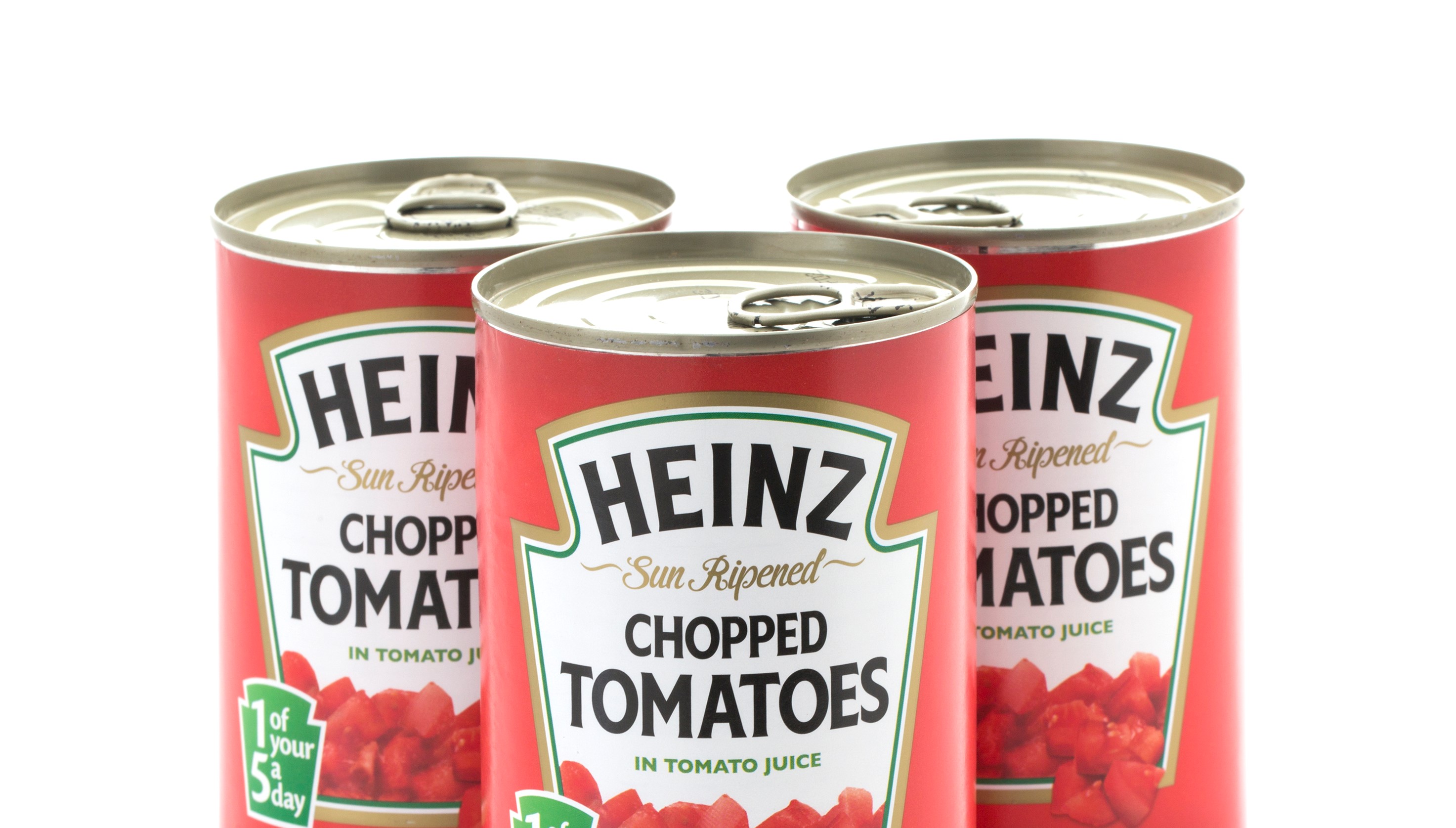Times are tough for the manufacturers of our most beloved childhood snacks. Not only are organic and healthy foods attracting consumers’ attentions, many firms are also challenged with rising costs. Stock values have performed poorly across the sector, but Kraft Heinz, which owns brands from Cadbury Crème Eggs to Kraft Singles cheese slices, has experienced an especially severe period.
In February, Kraft Heinz stock took a 20% plunge after the company wrote down the value of its brands by $15 billion, posted a $12.6 billion loss, cut its dividend by 36%. It also announced its accounting practices were under investigation by the Securities and Exchange Commission.
Many of these challenges are unique to Kraft Heinz, but looking at the background to these events can offer insights into why relationships with suppliers are so strategically important. Following the SEC move, Heinz launched its own investigation and uncovered a $25 million charge to product costs which was not previously recorded.
Rising costs are the opposite of what was supposed to happen. The 2015 merger of global food giants Kraft and Heinz was predicated on the idea that their scale would help drive down costs at a faster rate than the competition could achieve. From 2016 to 2017, the cost of goods sold and general overheads were cut by 15%. In the period, the company was able to cut $1.7 billion in expenses. So far, so good. But the excitement faded when Kraft Heinz finally realized they’d cut every cost they possibly could.
As cost reductions began to level out in 2017, Kraft Heinz sought another opportunity to grow further. It made a $143 billion bid on Unilever, who respectfully declined. One of the various reasons Unilever turned down this offer was that their management was warry of the cost cutting practices at Kraft Heinz. Following the failure of the Unilever merger, the Kraft Heinz continued to sell off brands and write-down various Kraft and Oscar Mayer trademarks, all in the name of a zero-based budgeting strategy. Under this strategy Kraft Heinz began to vigilantly scrutinize every cost, from paperclips to forklifts.
The lesson here is, although mergers can help reduce supply-side costs through shared resources and access to key suppliers, they will not mask any underlying problems with supply management. Furthermore, such a blanket approach to cost-cutting can result in unforeseen consequences and even push up overall operational costs due to quality and inefficiency.
Cost reduction is a priority to every business, as it should be, but there are a myriad of other factors which contribute to an organization’s success. Lowering costs isn’t simply scrimping on the prices of materials, it is a direct result of good supplier relations and strategic sourcing. A lot of companies don’t realize that becoming a supplier’s customer of choice benefits the buying organization far more than supplier price points. For example, suppliers and buyers working together can reduce operational inefficiencies, saving the buyer money without affecting the supplier’s margins. When supplier relationship management is leveraged, it generates not only cost savings, but also reduced supply risks, greater supply chain efficiency and improved quality. However, when companies focus their efforts strictly on cost savings, they are prone to missing opportunities which could bring them closer to their strategic goals.
For further information on how we can help your organisation SRM programme, please contact us at enquiries@stateofflux.co.uk.
Join over 300 industry procurement peers by participating in this year' SRM global research! Upon completion you can request a free benchmark of your responses compared against industry best practice.



